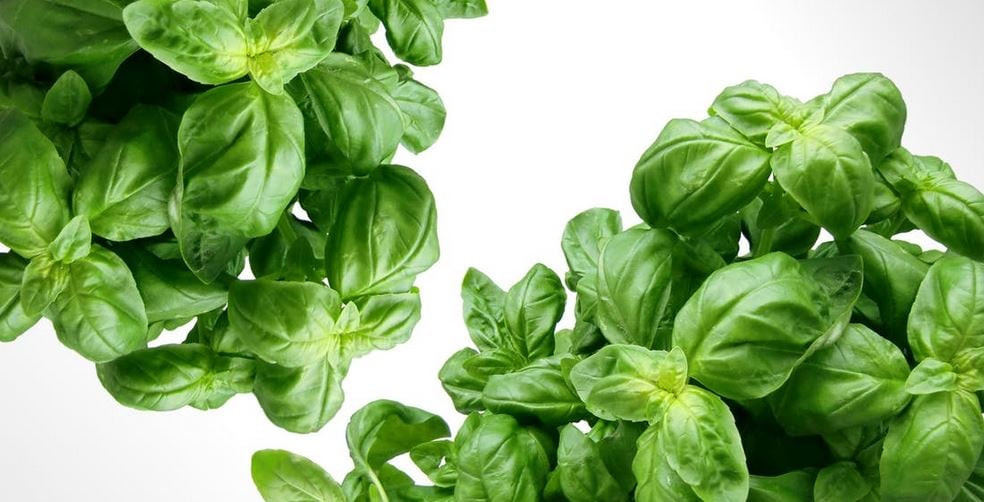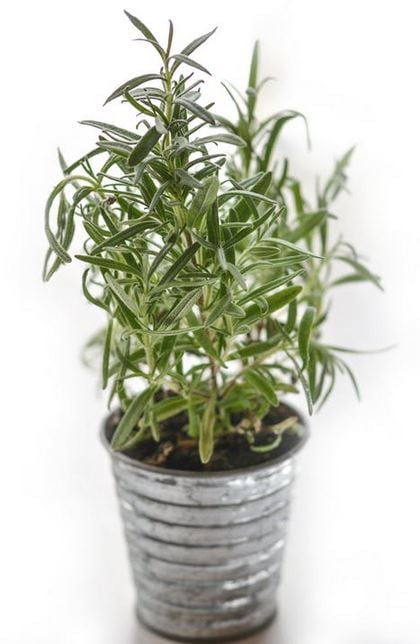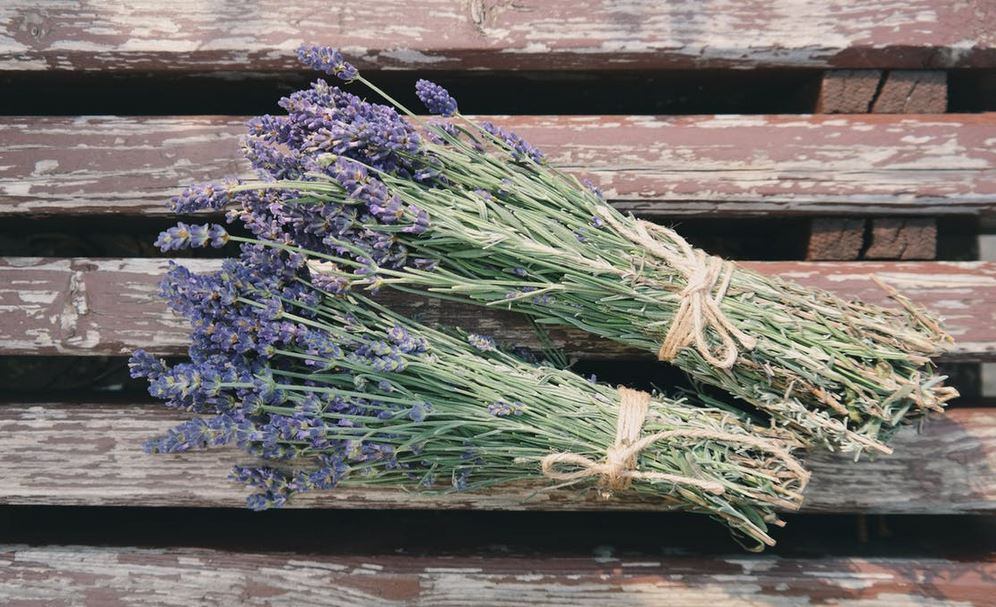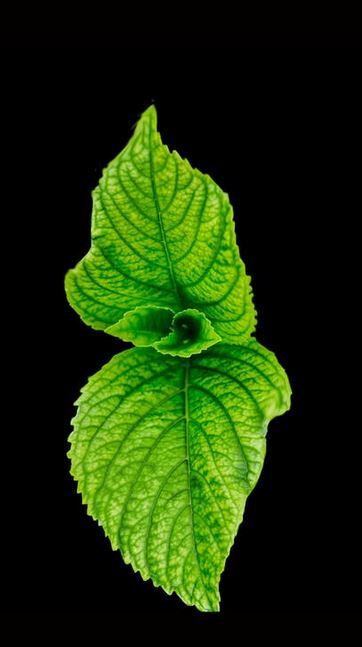You can grow them in wooden crates, pots or any other container that will hold them; place them on the bar to show customers your garnishes are fresh; or place pots full of herbs on tables inside and outside your pub so customers can have a little fun with their drinks.
Types of herbs
There are many types of aromatic herbs that can be used to play on the botanicals in the various gins on offer, as well as the tonics that complement them
Basil:

A little bitter and very fresh, basil is an easy grower. The leaves can be picked, gently bruised and incorporated into a drink. There are many variants of basil, which offer different flavours
More tips for creating your own gin garnish garden
Rosemary:
Strong and very aromatic, rosemary’s throngs of leaves can be plunged directly into long drinks to add a bit of colour, texture and that all important aroma

Thyme:
Woody with tiny leaves, thyme offers a large surface area of aroma. The leaves can be stripped from the branches, but it’s better to clip small branches from the main plant to be put in the drink. There are many variants of thyme, each with a unique quality
Sage:
These silvery furry leaves give off a light fragrance. They’re not going to look the prettiest in drinks after a while, but they will look sublime for a decent amount of time
Bay:
Three bay leaves held together, fanned out and placed at the top of a drink is the perfect way to crown a beverage
Lavender:

With its beautiful purple flowers, giving off that distinct aroma, lavender is a looker as well as a good provider of scent
Lemon verbena:
As you would expect, this plant offers a lemon scent and taste
Mint:
Refreshing and clean, mint accentuates many of gin’s upper notes and can also help boost the minty qualities featured in some gins
Making your own garnish garden

Putting together a G&T garnish garden is simple, but offers big returns for bartenders and customers alike, here, along with Fever-Tree, we outline how to do it:
Step one
Find a wooden crate, pot or other container to plant at least six types of herbs in
Step two:
If it is a container with openings, such as a crate, line it with hessian, which should be stapled in place
Step three:
Fill two thirds full with a multi-purpose compost before removing your herbs from their pots and planting them in the soil
Step four:
Top up with compost, ensuring the roots of the herbs are covered, but not the vegetation. Apply pressure to ensure the herbs are firmly in place
Step five:
Give the herbs a generous drink of water. Ensure they get lots of sunshine and enough water to grow
Learn more about G&T garnish gardens by visiting Fever-Tree’s Gin & Tonic Gardens website.
